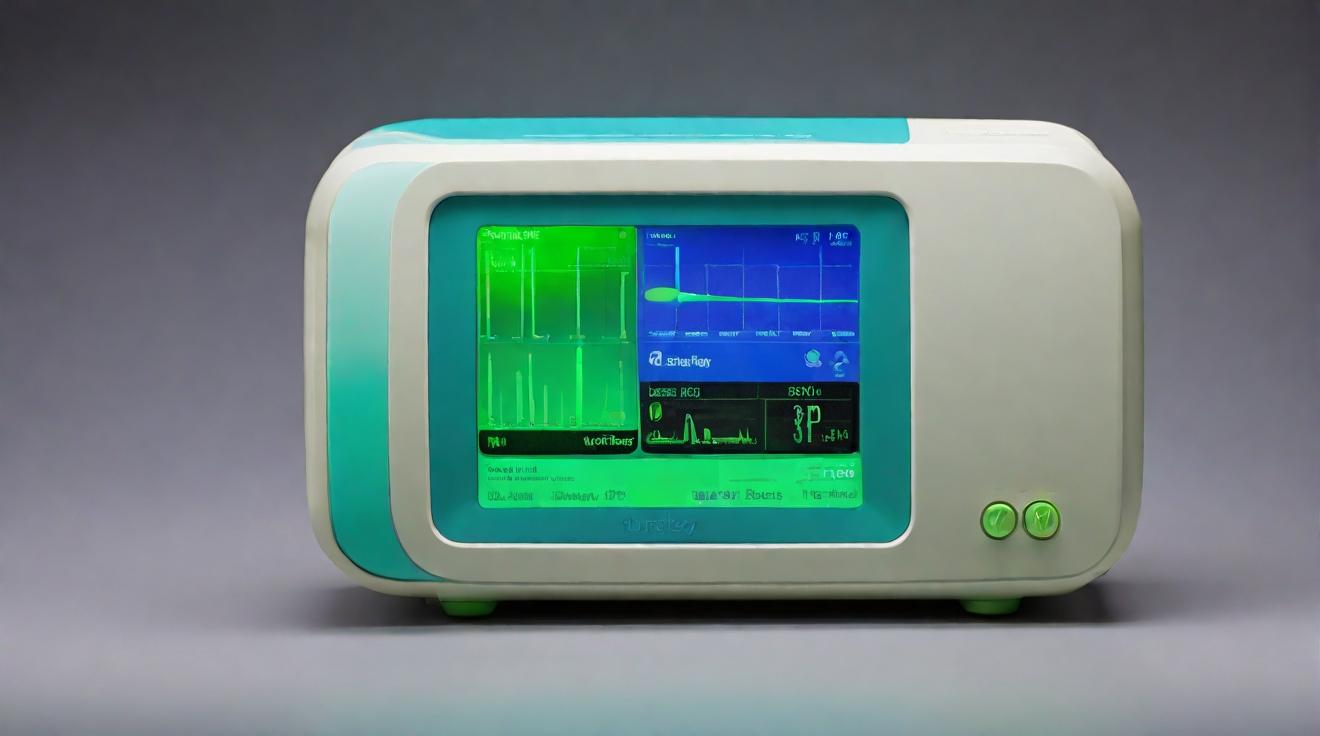SpaceX, NASA, and Intuitive Machines Set to Make History with the Launch of the NASA CLPS IM-1 Lunar Lander Odysseus
SpaceX, NASA, and Intuitive Machines are preparing for an historic event as they aim to achieve the first successful American soft-landing on the lunar surface since Apollo 17 in 1972. The launch of the NASA CLPS IM-1 lunar lander Odysseus is scheduled for liftoff at 12:57 AM EST from Pad LC-39A at Kennedy Space Center.
Once the mission is complete, the booster used will return to land at LZ-1 in Cape Canaveral, marking another significant milestone in space exploration.
Valentine’s Day will witness two exciting launches. The first, NASA CLPS IM-1, will take place alongside the USSF-124 launch. The latter will launch from SpaceX’s pad SLC-40 at Cape Canaveral Space Force Station and is an RTLS (Return to Launch Site) mission, with a launch window from 5:30 PM to 10:00 PM EST.
The 45th Weather Squadron of the US Space Force predicts a low Probability of Violation, with only a 5% chance of unfavorable weather conditions for the NASA CLPS IM-1 launch. This translates to a promising 95% chance of liftoff.
After liftoff, NASA CLPS IM-1 will follow an easterly trajectory from Kennedy Space Center. Spectators lucky enough to witness the launch in person will have the opportunity to see the reentry burn as well as the landing burn of Falcon 9, should they be positioned correctly.
The USSF-124 launch is also expected to have favorable weather conditions, with a less than 5% Probability of Violation. The launch will head eastward, and in-person viewers will have the chance to witness the reentry burn and landing burn of Falcon 9, provided they are in the right location.
As for the exact landing pad to be used for the USSF-124 launch, SpaceX has yet to make an announcement, leaving space enthusiasts eagerly anticipating further details.
Analyst comment
Positive news: SpaceX, NASA, and Intuitive Machines are set to make history with the launch of the NASA CLPS IM-1 lunar lander Odysseus at Kennedy Space Center. This mission aims to achieve the first successful American soft-landing on the lunar surface since Apollo 17 in 1972. Once the mission is complete, the booster used will return to land at LZ-1 in Cape Canaveral. Additionally, there is a promising 95+% chance of favorable weather conditions for liftoff, according to the 45th Weather Squadron.













